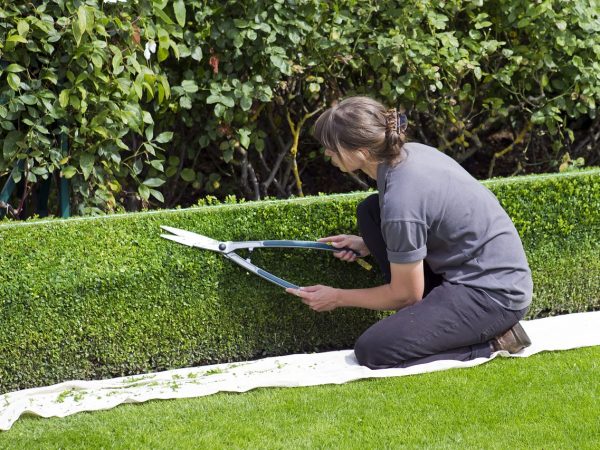Killing Brambles: Effective Methods for Tackling a Common Garden Nuisance
Brambles, with their thorny stems and rapid growth, can quickly become a nuisance for gardeners and homeowners. Commonly found in temperate regions, these invasive plants can take over lawns, flowerbeds, and even parts of the wild landscape. To maintain a well-manicured garden and prevent brambles from choking out other plants, it is essential to address their growth promptly. In this article, we will explore some effective methods for killing brambles and regaining control over your outdoor spaces.
Understanding Brambles
- Identifying Brambles
Brambles belong to the Rubus genus and encompass various species, including blackberries and raspberries. They are characterized by their thorny, arching stems, compound leaves, and delicious, edible fruits. While blackberries and raspberries cultivated in gardens are generally well-behaved, wild brambles can be more aggressive and challenging to manage.
- The Problem with Uncontrolled Brambles
Allowing brambles to grow unchecked can have significant consequences for your garden or property. Their dense growth and sharp thorns make them inhospitable to people and pets, restricting access to certain areas. Additionally, they can compete with other plants for essential resources like water, sunlight, and nutrients, leading to the demise of neighboring flora. To maintain a healthy and diverse garden ecosystem, it is crucial to control and, if necessary, eradicate brambles.
Methods for Killing Brambles
- Hand-Pulling and Digging
For small infestations, hand-pulling or digging out brambles can be effective. This method is best suited for new or young growth, as mature brambles develop a complex network of underground rhizomes, making complete removal challenging. When hand-pulling, ensure that you wear thick gloves and protective clothing to shield yourself from thorns. Be thorough in removing the entire root system to prevent regrowth.
- Cutting and Mowing
Regularly cutting back brambles can weaken them over time, making it easier to manage their growth. Use sharp pruning shears or a lawnmower to cut the bramble canes close to the ground. However, keep in mind that this method won’t eradicate the plants entirely and may require repeated efforts to keep them in check.
- Chemical Control
When dealing with extensive bramble infestations, chemical control can be an effective approach. Selective herbicides specifically designed to target woody-stemmed plants can be used to kill brambles. Glyphosate-based herbicides are commonly used for this purpose. Carefully follow the manufacturer’s instructions and apply the herbicide directly to the bramble foliage during its active growth phase. Take care not to spray on desirable plants nearby to avoid collateral damage.
- Smothering
Smothering is a non-chemical approach to killing brambles and works well for smaller areas. Cover the bramble-infested patch with thick layers of mulch, cardboard, or heavy-duty landscape fabric. This blocks sunlight and prevents new growth from receiving the necessary light, eventually causing the brambles to die off.
Preventing Bramble Re-Establishment
After successfully killing brambles, it’s essential to prevent their return:
- Regular Maintenance: Regularly inspect your garden and promptly remove any new bramble shoots that emerge.
- Mulching: Apply mulch to garden beds to discourage new bramble growth and maintain soil moisture.
- Planting Barriers: Consider using physical barriers like root barriers or underground edging to contain the spread of brambles.
- Plant Competition: Planting ground covers or desirable plants that can outcompete brambles can help prevent their resurgence.
Conclusion
While killing brambles can be a challenging task, it is crucial to manage their growth to maintain a healthy and attractive garden space. Depending on the extent of the infestation, a combination of methods like hand-pulling, cutting, chemical control, and preventative measures will help you tackle this common garden nuisance. By staying vigilant and addressing the issue promptly, you can enjoy a bramble-free garden and protect the beauty and diversity of your outdoor environment.
This article is provided by https://www.goodgardn.co.uk/blogs/kill-brambles



